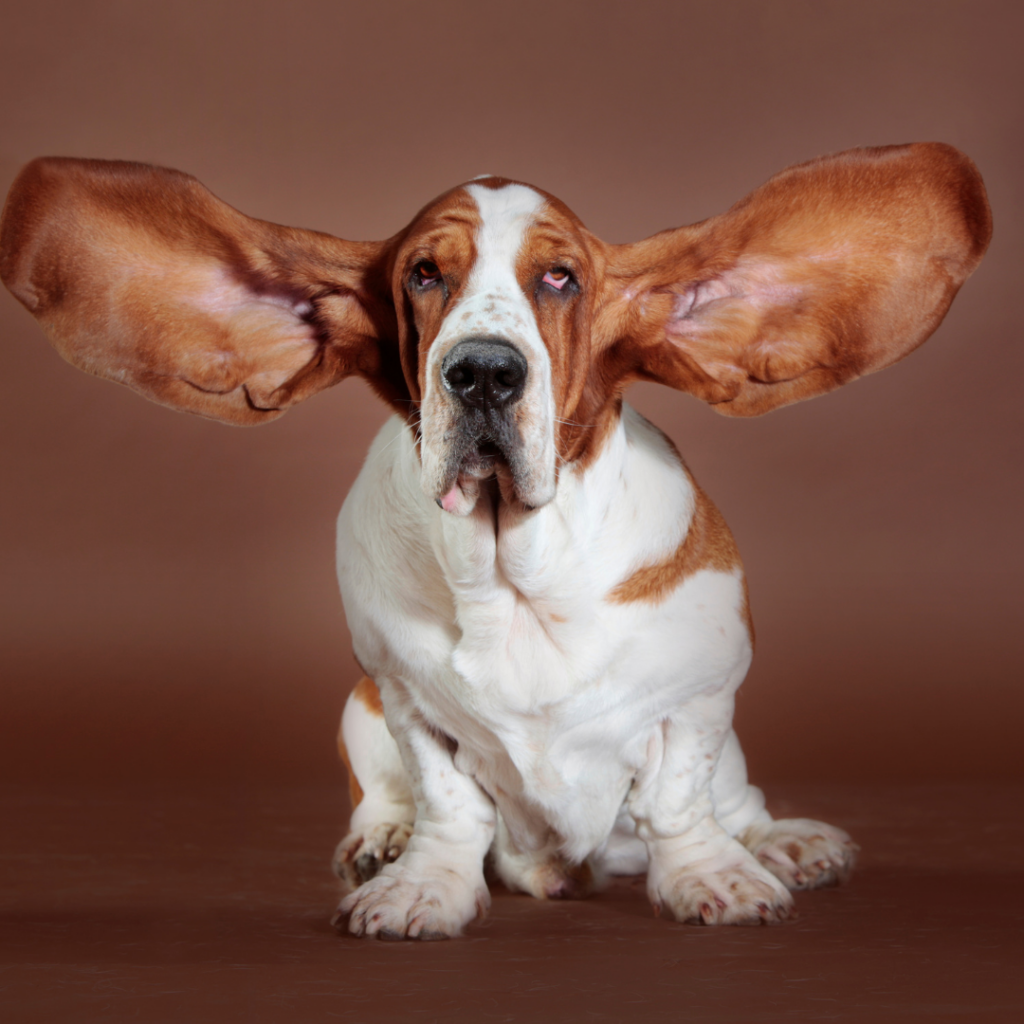The Importance of Earwax: Myths, Facts, and Proper Ear Care

Many people believe that earwax is a sign of poor hygiene and should be regularly removed. However, Dr. Chris Hobbs clarifies, “Please don’t try to clean your ears! Earwax is not a sign of uncleanliness or poor self-care.” In fact, earwax, or cerumen, plays a crucial role in maintaining ear health.
What Does Earwax Do?
Earwax serves several important functions:
- Natural Moisturiser: It prevents the skin inside the ear canal from becoming too dry, reducing the risk of irritation and infection.
- Protective Barrier: It traps dirt, dust, and debris before they can reach the delicate inner ear structures.
- Antimicrobial Properties: Earwax has a slightly acidic pH and contains lysozyme, an enzyme that helps inhibit bacterial and fungal growth, lowering the risk of ear infections.
Common Misconceptions About Earwax
One of the biggest myths is that having earwax means your ears are dirty. In reality, its presence is a sign that your ears are functioning properly. Another common misconception is that cleaning your ears with cotton swabs is necessary, when in fact, it can do more harm than good.
How to Recognise Excessive Earwax Buildup?
Most of the time, earwax naturally migrates out of the ear on its own. However, excessive buildup can cause symptoms such as:
- A feeling of fullness or blockage in the ear
- Hearing loss
- Discomfort or mild pain
Dangers of Improper Earwax Removal
Many people attempt to remove earwax at home using cotton swabs or other objects, which can lead to:
- Pushing wax deeper into the ear canal, making the blockage worse.
- Injuring the ear canal or eardrum, potentially leading to pain and hearing issues.
- Introducing infection, increasing the risk of complications.
- Stripping the ear canal of natural oils, making the skin dry and more susceptible to irritation and infection.
Safe Earwax Removal Methods
For most people, regular cleaning of the outer ear with a damp cloth is sufficient. If necessary, Dr. Hobbs recommends applying olive or coconut oil to help soften the wax, making it easier to remove naturally. If earwax is causing significant blockage or discomfort, professional removal by a healthcare provider is the safest option.
Factors Affecting Earwax Production
Earwax production varies from person to person and can be influenced by genetics:
- Wet earwax (honey-coloured and sticky) is more common among Caucasians and Africans.
- Dry earwax (white or grey and flaky) is more prevalent among individuals of Asian descent.
Does Diet or Water Exposure Affect Earwax?
There is no evidence that diet influences earwax production. However, frequent exposure to water, such as swimming, may increase the risk of ear infections, making earwax even more important as a natural protective layer.
Dr. Hobbs advises, “Don’t worry about wax—it will take care of itself!” To maintain ear health:
Preventive Measures for Healthy Ears
- Avoid inserting objects into the ear canal.
- Keep the outer ear clean with a damp cloth.
- Use ear drops or natural oils if wax buildup becomes an issue.
- Consult a healthcare professional if you experience ear pain, hearing loss, or persistent blockage.
When to See a Doctor
If you experience pain, hearing loss, or discharge, it may indicate an infection or another underlying issue. A healthcare professional can safely assess and manage your ear health.
Final Thoughts
Earwax is an essential part of your body’s defense system. Understanding its role and knowing how to care for your ears properly can prevent unnecessary complications. Instead of trying to remove it, trust your body’s natural processes to keep your ears healthy.

For professional advice, schedule a consultation with Dr. Chris Hobbs, an ENT specialist.
Share this blog via:
